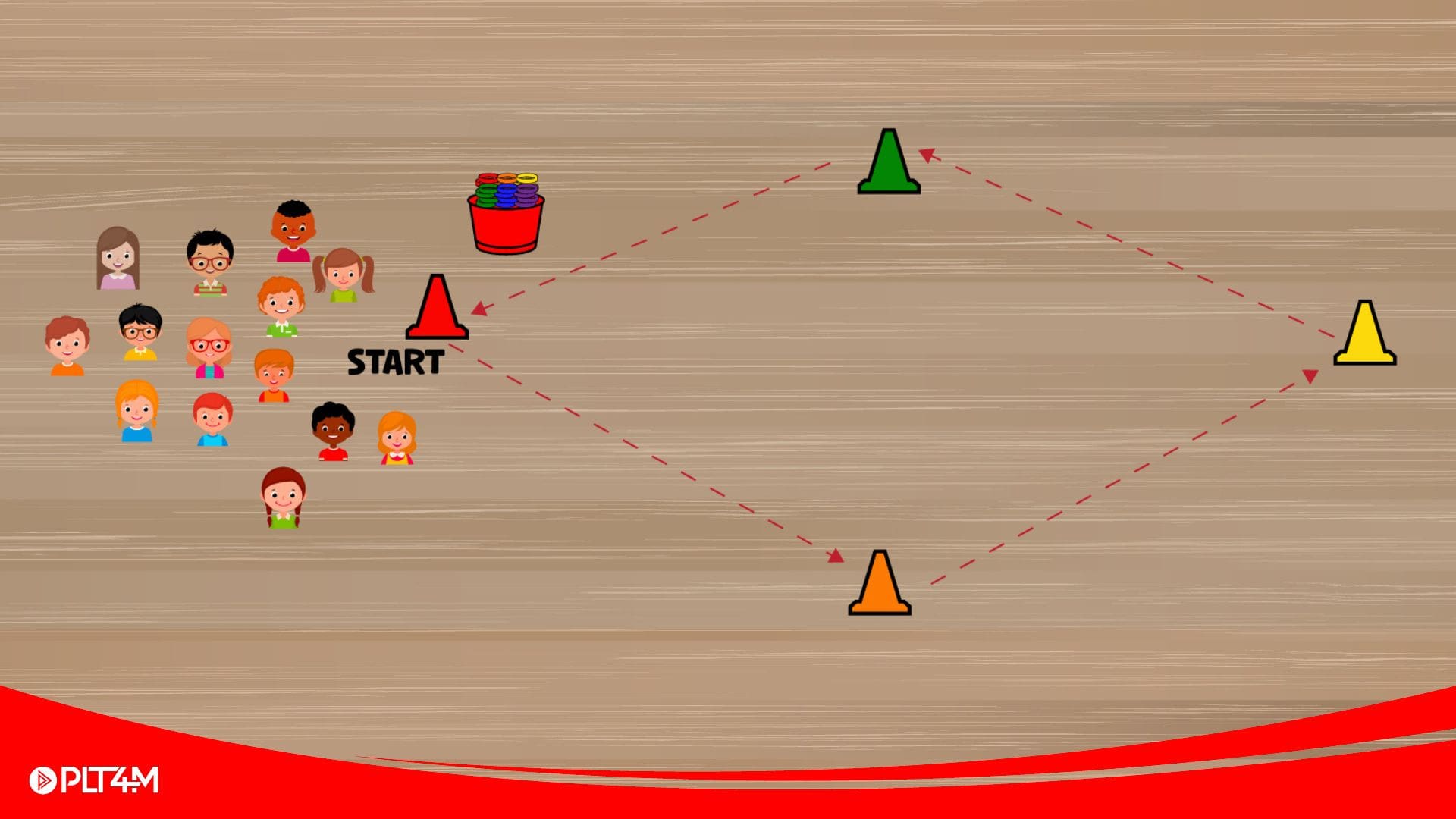As coaches and educators, we all want the same thing. We want to develop more dynamic athletes and better teams. But, training high school athletes is a highly unique endeavor. Athlete schedules are vast and varied, experience levels differ greatly, and building universally prepared athletes is a daunting task. One must consider all of these factors when deciding on the most efficient and effective way of training our athletes.
Here at PLT4M, we answer these considerations by employing a holistic approach to athletic development. We believe in training the multi-sport athlete year-round as opposed to utilizing sport specific programs. Our belief is that we can, with one well-built and well-run program, build better overall athletes in the gym, which coaches can then turn into better players on the field of competition.
The Physiological Reasoning
Our aim here at PLT4M is to develop well-rounded and dynamic overall athletes. Why do we avoid programming “sport-specific” workouts? Our reasoning is threefold.- Training Age
- We tend to forget that, when it comes to performance training, the athletes in question are just plain young and inexperienced. For the overwhelming majority of your athletes, their 2 underclassmen years will be the first time ever involved in an athletic strength and conditioning program. High school students lack a solid foundation of functional fitness on which to specialize. It is absolutely imperative these athletes are all given a comprehensive program that works to build a complete athlete from the ground up.
- Multiple Sport Demands
- Perhaps more importantly, high school athletes are NOT specialists. Beyond a lack of experience, our athletes have immensely varied physical demands. As football coaches, basketball coaches, lax coaches, etc…it’s easy to forget that your athletes exist beyond and outside of your sport. An overwhelming majority, though, of high school athletes compete in multiple sports (as they should!). If we have an athlete that plays 2 or 3 different sports throughout the year, how do we justify them specializing in their training at any point? Juggling various programs with differing physical goals simply leads to a lack of overall progress.
- Imbalance = Injury
- Worse than hindering progress, we can inadvertently lead to an increased incidence of injury. By definition, “specializing” in something must come at the expense of something else. What results, is a guaranteed imbalance. Imbalances are often the root cause of injury. You cannot be specialized and well-rounded at the same time, that’s not how exercise adaptation works.








